Turning off power to a circuit is a standard safety precaution when handling tasks like replacing light fixtures or repairing an outlet. However, finding which breaker controls the circuit you need can be a frustrating, drawn-out process. Flipping breakers one at a time wastes time and can unexpectedly turn off electronic devices. A circuit breaker finder solves this problem by pinpointing the exact breaker for a specific outlet or fixture.
Basics of Circuits and Breaker Panels
Before diving into the breaker finder tool itself, it helps to understand the electric system it’s designed to work with. A circuit is the path electricity follows from the breaker panel, through wires in the walls, to devices like lights, outlets, and appliances, and then back again. Each breaker in your electric panel protects a single circuit.

The main panel typically contains:
- A main breaker, which shuts off all power to the home.
- Branch breakers, which protect individual circuits.
- A labeling system, sometimes neatly printed but often handwritten or incomplete.
In theory, the labels tell you exactly which breaker powers which part of your house. In practice, labels can be vague, outdated, or missing entirely. Add in the fact that a single room might be split across multiple circuits, or one breaker may feed outlets in two different parts of the house, and it becomes clear why circuit breaker finders are so helpful.
Working Principle of a Circuit Breaker Finder
A circuit breaker finder is a two-part system made up of a transmitter and a receiver.

Signal Transmission (Transmitter)
The transmitter plugs into the target outlet or connects to a light socket/appliance. Once activated, it injects a low-voltage signal—commonly a radio frequency (RF) signal or a pulsed AC current—into the wiring. This signal travels through the circuit in a closed loop, generating a detectable electromagnetic field.
Signal Detection (Receiver)
The handheld receiver is used inside the electrical panel to scan across the breakers or the bus bars that feed them. As it moves across each breaker or the bus bar, it senses the electromagnetic field produced by the transmitter’s signal. When it approaches the correct breaker, the receiver detects the strongest field and alerts the user through beeps, flashing lights, vibration, or, in advanced models, a digital display of signal strength.
Localization Principle
When the breaker is ON, electricity flows through the circuit, and the transmitter’s signal generates a magnetic field that the receiver can detect.
When the breaker is OFF or tripped, the circuit is interrupted, no current flows, and the magnetic field disappears.
By comparing the signal strength at each breaker, the receiver pinpoints the one with the strongest reading, which corresponds to the circuit where the transmitter was connected.
How a Circuit Breaker Finder Works in Practice
Here’s what using a breaker finder looks like in a real scenario. Imagine you want to replace a dining room light fixture:

1. Verify power to the fixture. The circuit breaker finder requires a live circuit. Confirm the fixture has power by turning on the light. If the fixture is not operational, try testing an outlet in the room with a voltage tester or by simply plugging in a small device.
2. Verify receiver operation. The receiver is a battery-operated device, so be sure it has a sufficient charge to detect the transmitter’s signal. A low battery can prevent the device from picking up the signal or properly alerting you.
3. Try the device. If you’ve never used a circuit breaker finder before, you might want to test it on an outlet in a known circuit. This step will give you greater confidence in identifying uncertain circuits.
4. Plug in the transmitter. If your light is powered by the same circuit as nearby outlets, you can plug the transmitter into one of those outlets. If not, use a light socket adapter to screw the transmitter into the bulb socket.
5. Head to the breaker panel. Before opening the panel, make sure the area is clear and you are standing on a stable surface. Then, take the receiver and stand in front of the panel.
6. Scan each breaker. Slowly move the receiver across each breaker switch. When it detects the transmitter’s signal, it will beep or flash.
7. Confirm the result. Flip the identified breaker to OFF and check that the light or outlet has lost power before starting any work. Be sure to label the circuit if this has not been done before.
Breaker finders come in a range of designs. Compact models, like the KT301P digital circuit breaker finder, are designed to make scanning quick and straightforward without a steep learning curve.
KAIWEETS KT301P Circuit Breaker Finder
The KAIWEETS KT301P is a 3-in-1 device that combines a digital circuit breaker locator, outlet tester, and GFCI tester. It features an LCD display, NCV mode for non-contact voltage detection, and a built-in flashlight for safe and efficient electrical work.
Full specs & features.
Benefits of Using a Circuit Breaker Finder
A breaker finder may seem like a simple electronic gadget, but it offers real advantages when you’re working with a complicated system:
- Saves time: No more flipping breakers randomly.
- Prevents unnecessary outages: You avoid shutting off power to rooms you’re not working on.
- Boosts safety: Reduces the risk of working on a live circuit.
- Accessible to anyone: Homeowners and pros alike can use one without advanced training.
When a Circuit Breaker Finder Works and When It Doesn’t
When It Works:
- Outlets and lights that have live power.
- Standard residential breaker panels with single- or double-pole breakers.
- Large homes or offices where trial-and-error breaker testing would be slow.
- Projects where you need to minimize disruptions to other rooms.
When It Doesn’t:
- Circuits that already have no power (breaker tripped or turned off).
- Outlets controlled by a wall switch that’s OFF when you plug in the transmitter.
- Circuits with unusual wiring setups or shared neutrals that confuse the signal.
Human error can also impact the effectiveness of the tool. A mislabeled panel or unconventional wiring setup may result in confusion. For this reason, even when the finder identifies a breaker, it’s good practice to confirm the results by toggling that breaker and making sure the power cuts out.
Can a Circuit Breaker Finder Be Used Without Power?
One of the most common questions about breaker finders is whether they work if the circuit is already dead. The simple answer is no. The transmitter relies on live power from the outlet or fixture to send its signal. If the breaker is already tripped or turned off, the transmitter can’t do its job, and the receiver won’t pick up anything.
In these cases, you’ll need to use other methods, such as:
- Manual breaker testing: The slower process of flipping breakers one by one until the circuit comes back on.
- Visual inspection: Looking for a breaker that’s already in the tripped position (neither fully ON nor OFF).
- Professional help: If the breaker won’t reset or trips immediately, call an electrician to investigate.
Final Thoughts
Circuit breaker finders are a practical solution for one of the most frustrating parts of home electrical work: figuring out which breaker powers which device. They’re accurate, efficient, and simple to use, provided the circuit has live power. For homeowners who want to make small repairs safely or for pros who need to move efficiently, this device can make the process much faster.
Circuit Breaker Finder FAQs
Can a breaker finder damage my wiring?
No. The transmitter sends a safe, low-energy signal that doesn’t harm household wiring.
Do I need an electrician to use circuit breaker finder?
Not at all. These tools are designed for both homeowners and professionals. Just follow basic safety steps.
What’s the difference between a breaker finder and a circuit tracer?
A breaker finder identifies which breaker controls a circuit. A circuit tracer follows the wiring path through walls and ceilings to locate breaks or shorts.
How accurate are breaker finders?
When used correctly, they’re very accurate. Still, you should always confirm the results by switching the breaker OFF and verifying that the power is cut to the fixture in question.
Can circuit breaker finder work on a dead outlet?
No. The circuit needs live power for the transmitter to send a signal. If the outlet is dead, you’ll need to try another method.
Do I still need to label my breakers if I have a breaker finder?
Yes, a labeled panel makes it faster and safer to shut off power in emergencies or during routine maintenance. While a breaker finder helps you identify circuits in the moment, labeled breakers give you an at-a-glance guide for future work.



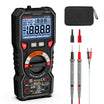
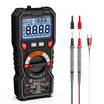
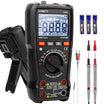
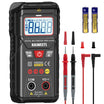
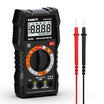
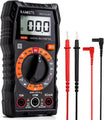

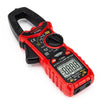
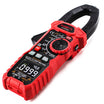
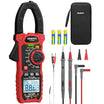
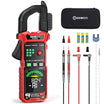
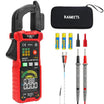
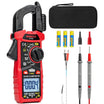

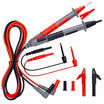
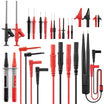
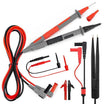
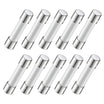
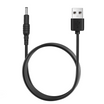
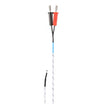
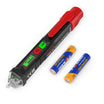
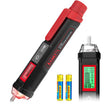
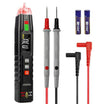
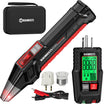

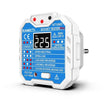
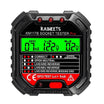
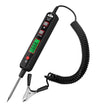
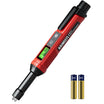
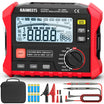
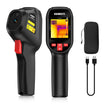
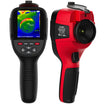
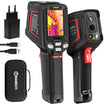
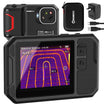
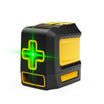
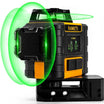
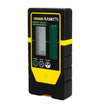
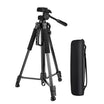
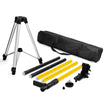

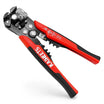
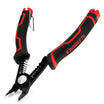

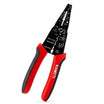
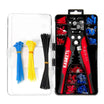
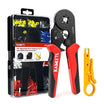
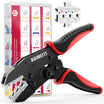
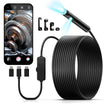
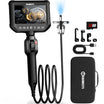

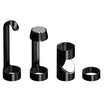

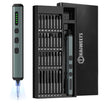
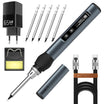
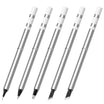
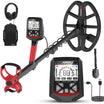
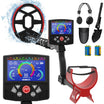
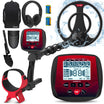
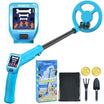
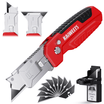
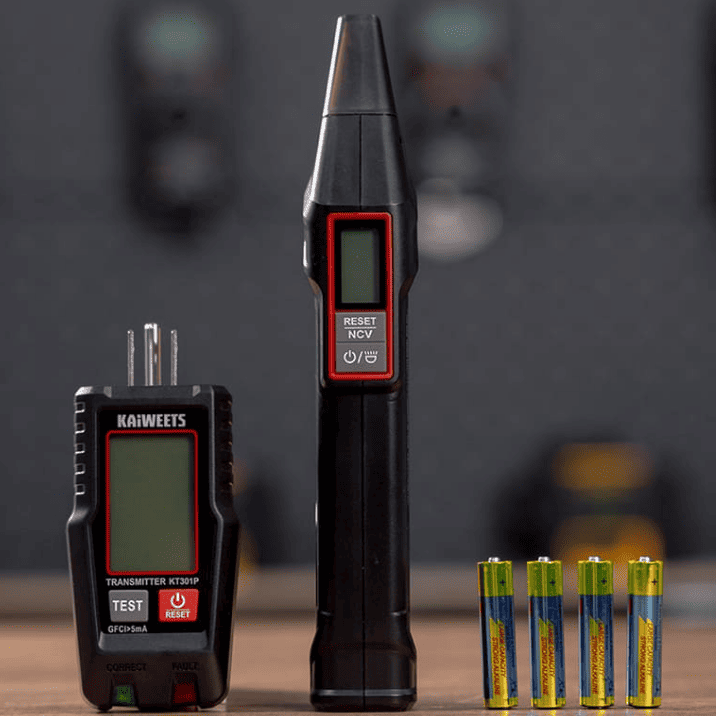

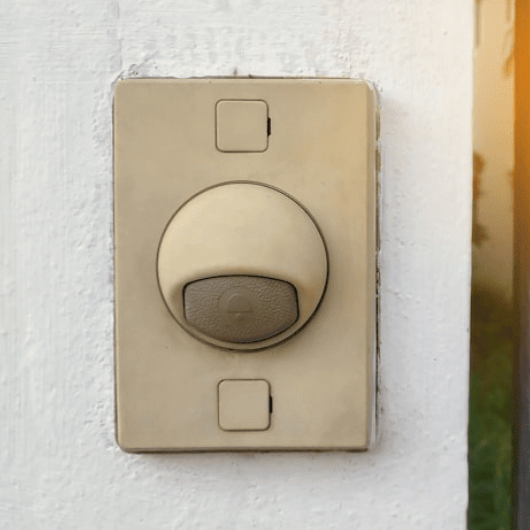
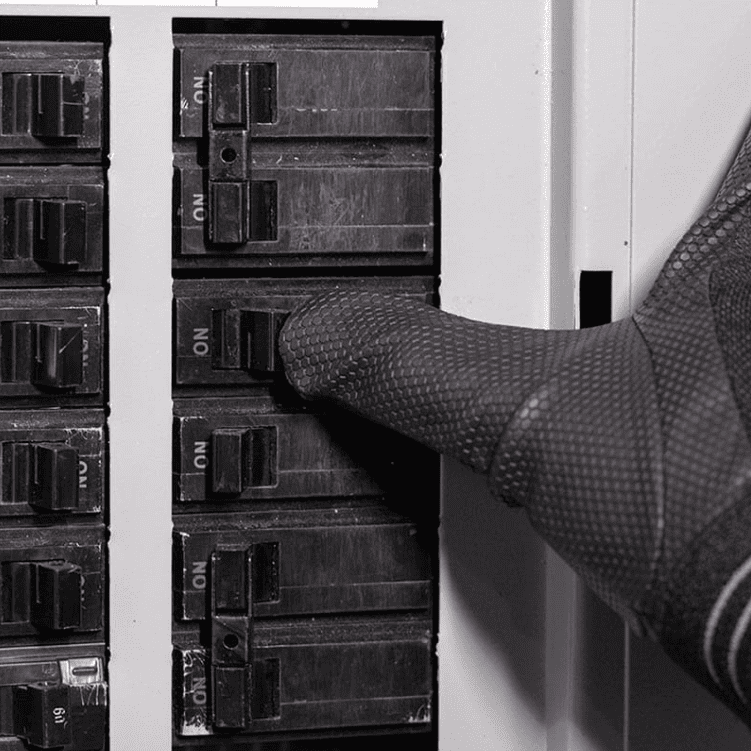
Leave a comment
All comments are moderated before being published.
This site is protected by hCaptcha and the hCaptcha Privacy Policy and Terms of Service apply.